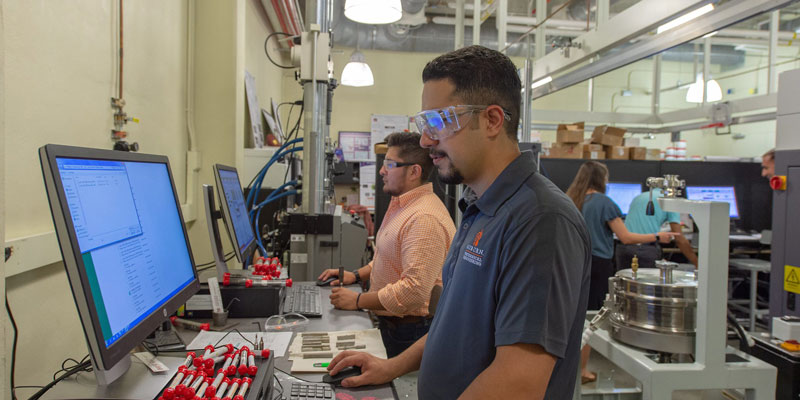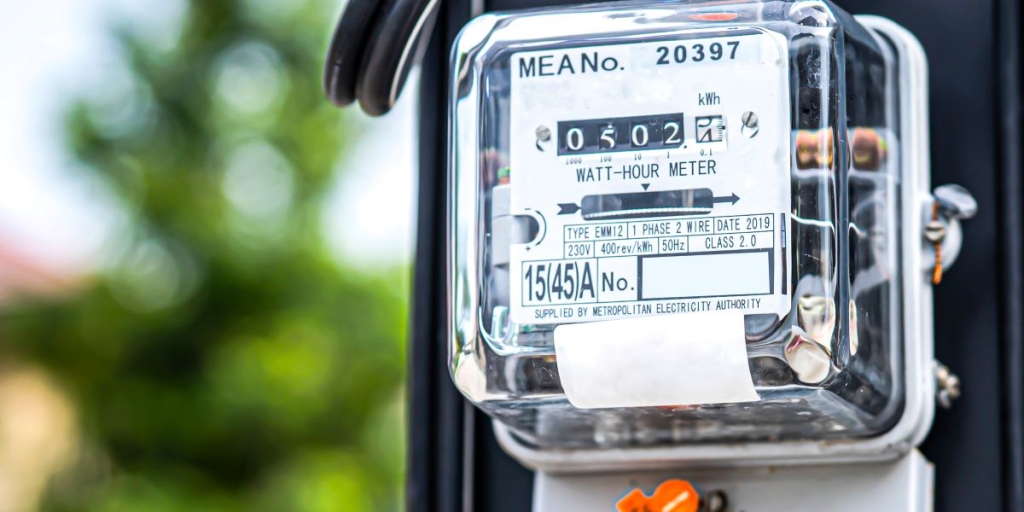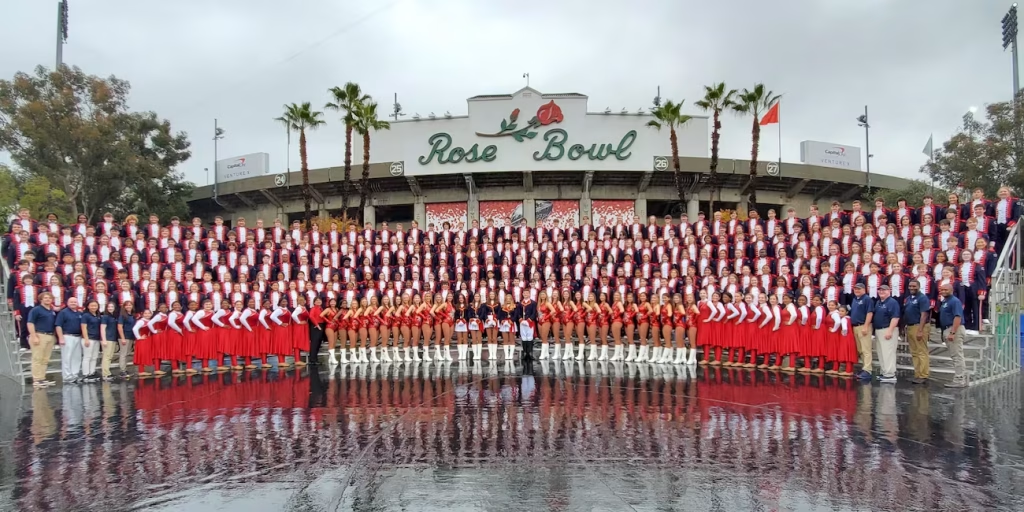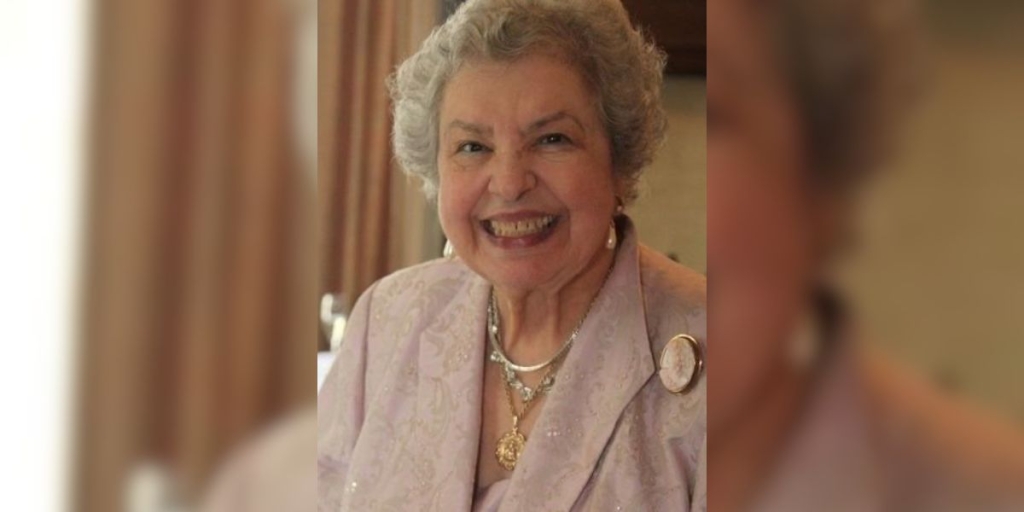Innovative research that is guiding the future of the global aerospace industry is happening in university laboratories and classrooms across Alabama.
Space exploration, rocket engines and deep space outposts are just a few of the topics currently being studied by instructors and students in projects supported by government agencies, private companies and other stakeholders in the sector.
“Alabama educators are raising up a highly-skilled workforce that will tackle the toughest challenges that lie ahead for this industry,” said Greg Canfield, secretary of the Alabama Department of Commerce.
“They, and their students, are also making important contributions right now, with groundbreaking research that is informing the latest developments in spaceflight, aircraft design and the discovery of new frontiers.”
Here’s a look at how Alabama universities are driving advances in the aerospace industry, focusing on just four projects involving researchers and their students.
IMPROVING ROCKET ENGINES
Auburn University is poised to be a key player in improving the performance of liquid rocket engines, following a $5.2 million NASA grant to develop additive manufacturing products and techniques.
The grant is part of a three-year contract that extends the longtime partnership between the National Center for Additive Manufacturing Excellence, which is housed at Auburn’s Samuel Ginn College of Engineering, and NASA’s Marshall Space Flight Center in Huntsville.
Auburn engineers have been instrumental in helping the U.S. achieve its space exploration goals for decades, said Christopher B. Roberts, the engineering school dean.
“This new collaboration between NASA and our additive manufacturing researchers will play a major role in developing advanced rocket engines that will drive long-duration spaceflight, helping our nation achieve its bold vision for the future of space exploration,” he said.
The latest research, part of NASA’s Rapid Analysis and Manufacturing Propulsion Technology (RAMPT) project, is focused on developing and manufacturing regeneratively cooled thrust chamber assemblies for liquid rocket engines.
The results will be made available to the private sector as well.
Project manager Mike Ogles, director of NASA programs at the engineering school, called the contract “a giant leap towards making Alabama the ‘go to state’ for additive manufacturing.”
“We look forward to growing our partnership with NASA, industry and academia as we support the development of our nation’s next rocket engines.”
SUPPORTING SPACE EXPLORATION
NASA and the National Space Grant Foundation have selected the University of South Alabama to help shape the next chapter of space exploration.
Ten teams from schools across the country, including USA, are designing systems, concepts and technologies to potentially support NASA’s deep space exploration capabilities, including an orbital lunar outpost serving as a “gateway” to deep space.
USA engineering professors Grant Glover and Samuel Ross, along with their undergraduate students, are working on two separate projects for NASA.
Russ’ project focuses on automation and power management of an unmanned biological laboratory for the gateway, able to function with minimal support from a crew or mission control on Earth.
“Our students are building a robotic station that will grow plants and provide lighting, nutrients and water,” Russ said. “The robot will plant, monitor and harvest the plants and send back status reports, and the automated system will control the lighting, water and nutrients. They are building a complete system to do this from scratch, including constructing the robot, the plant-growing pods and the control system.
“In other words, we want to develop a station that can run unmanned for years and grow crops in space,” he added.
Meanwhile, Glover’s team is evaluating two custom-synthesized ionic liquid solutions for capturing carbon dioxide in a closed-air revitalization system. Since most of the air for astronauts is recycled within their spacecraft or habitat, a key part of this process is the removal of exhaled carbon dioxide.
ROBOTICS EXPERTISE
For the fifth year in a row, students at the University of Alabama dominated a national robotics hosted by NASA.
The 60-member Alabama Astrobotics team took grand prize in the 2019 Robotics Mining Competition, which is designed to foster innovative ideas and solutions that could be used during NASA journeys to the Moon and Mars.
While this year’s NASA contest was held virtually, instead of NASA’s Kennedy Space Center, there was a separate Robotics Mining Challenge held at UA. In it, teams showed how a robot they built could autonomously navigate and excavate simulated lunar and Martian soil.
The UA team beat 27 other robotics teams from across the nation and won several top awards.
The projects make students better engineers, said Dr. Kenneth Ricks, adviser for the team and a UA professor.
“They go through a full design cycle with budget and schedule limitations, much like what they will encounter in industry. The students also benefit from the relationships they create with companies looking to hire good engineering graduates. This networking aspect is a significant advantage,” he said.
PRESERVING HISTORY
The University of Alabama in Huntsville has a robust resumé when it comes to aerospace research. But one of its latest projects is focusing on preserving the industry’s history for generations to come.
UAH’s M. Louis Salmon Library Archives and Special Collections was awarded a Council on Library and Information Resources Recordings at Risk Grant to modernize and protect a variety of media related to the Apollo program.
The $18,775 grant is one of 20 given nationwide to digitize, make accessible and preserve 186 film reels, nine audio reels and 53 audiocassettes tied to Apollo and support operations. The trove includes oral interviews with people who worked on the program, as well as home movies related to it.
“These materials are at high risk of loss from media obsolescence and physical degradation,” said Drew Adan, UAH archivist and primary investigator for the grant. “The Recordings at Risk grant enables us to migrate the information they contain from an outdated and unstable analog format to digital files we can preserve and share with researchers.”
The grant is also timely, as 2019 marks the 50th anniversary of Apollo 11, the first manned mission to the Moon.
(Courtesy of Made in Alabama)













